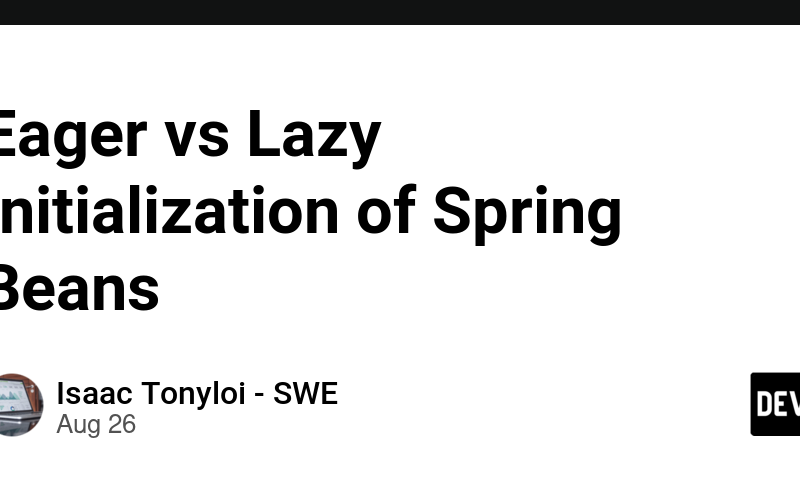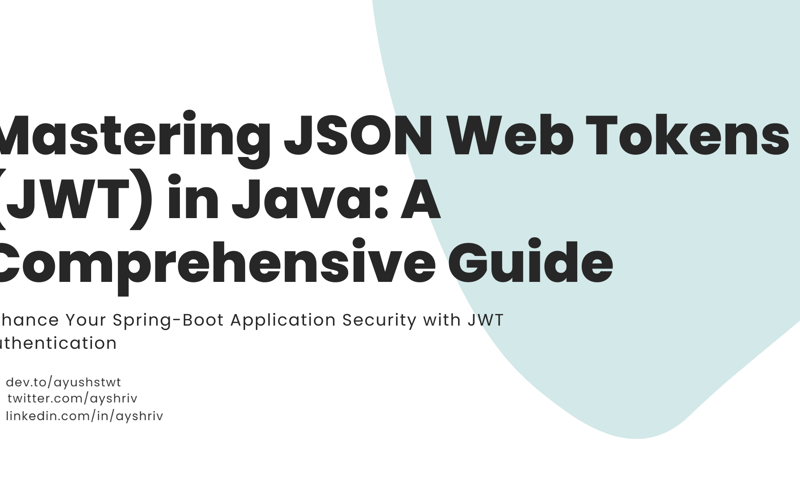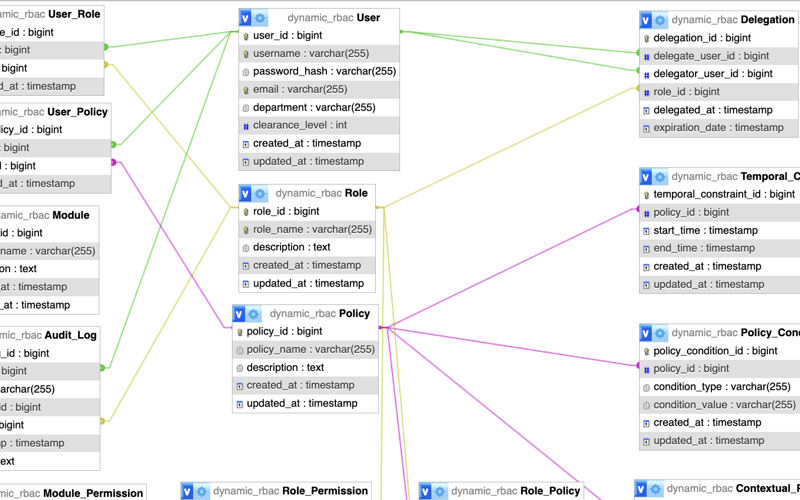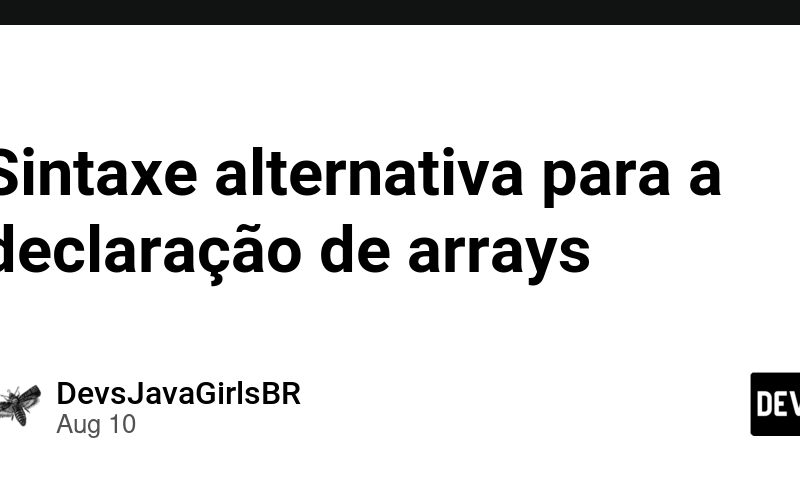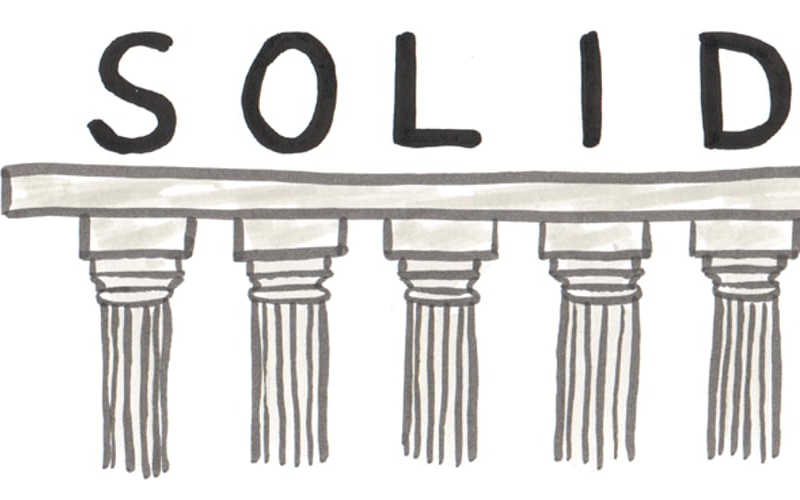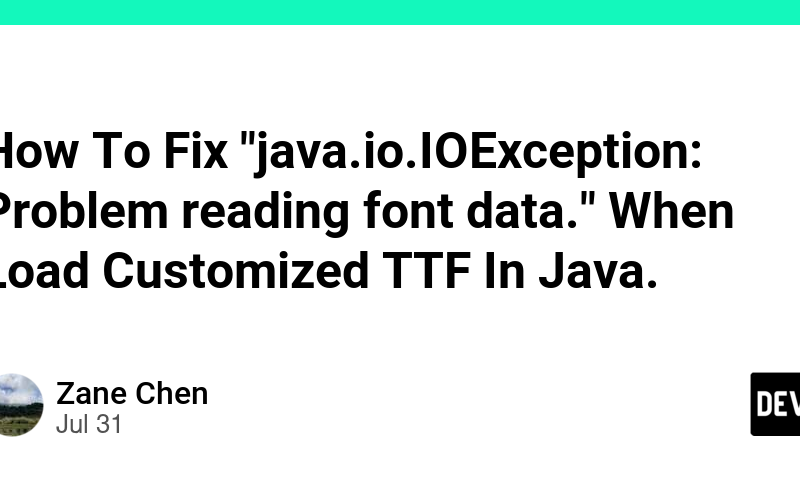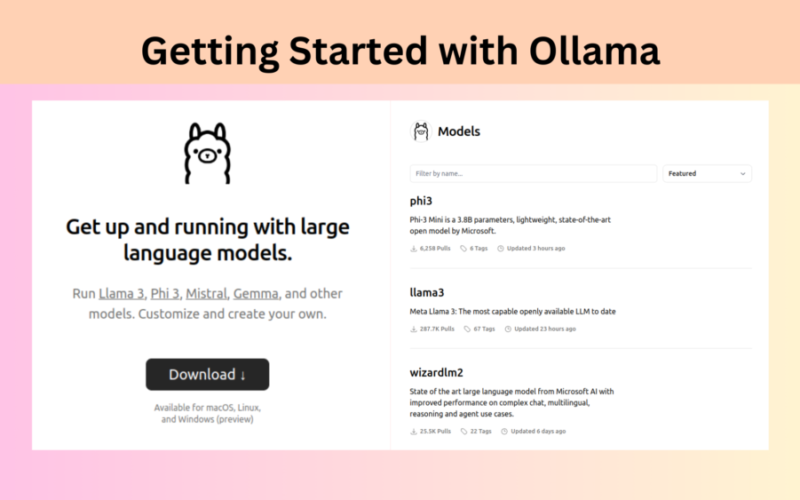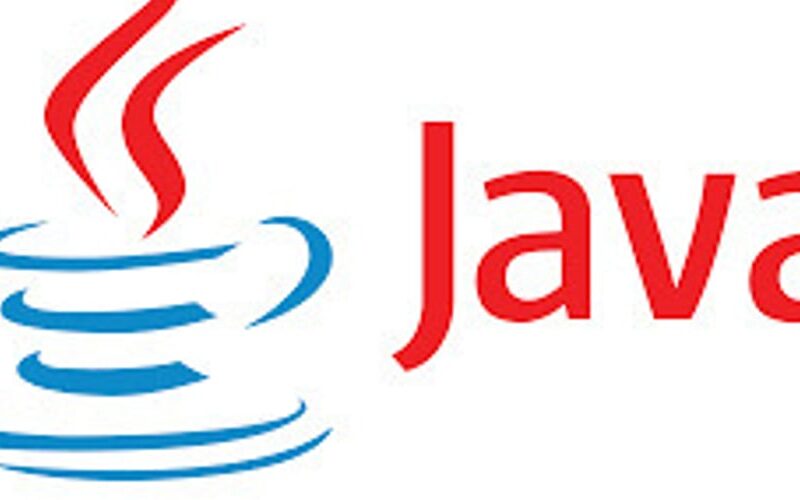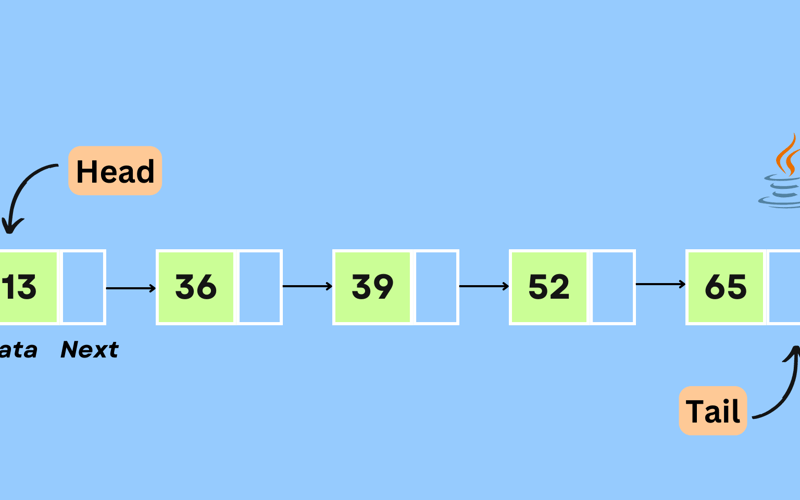26
Aug
In Spring, one of the fundamental concepts revolves around the initialization of beans. When developing applications using the Spring Framework, you have the option to choose between eager and lazy initialization of beans. Both have their unique advantages and trade-offs, and understanding these differences can help you optimize your application’s performance and resource usage. What are Spring Beans? Before diving into eager and lazy initialization, let’s briefly touch on what Spring beans are. In Spring, a bean is simply an object that is instantiated, assembled, and managed by the Spring IoC (Inversion of Control) container. Beans are typically singleton by…

